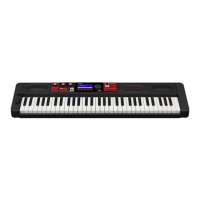
Do you have a question about the Casio CT-S500 and is the answer not in the manual?
| Keyboard | 61 keys, touch response |
|---|---|
| Polyphony | 64 notes |
| Sound Source | AiX Sound Source |
| Metronome | Yes |
| Speakers | 2 x 2.5W |
| Dimensions | 930 x 258 x 91 mm |
| Display | LCD |
| Effects | Reverb, chorus, DSP |
| Recorder | 6 tracks, 5 songs |
| Connectivity | USB, audio input/output, headphone jack |
| Power Supply | AC adapter or batteries (6 x AA) |
| Tones | 800 preset tones |
| Rhythms | 243 built-in rhythms |
| Weight | 4.7 kg (without batteries) |
Details the instrument's structure as a MIDI device, covering System, Sound Generator, and Performance Controller sections.
Explains how timbre types affect sound source operations and MIDI messages.
Covers controlling MIDI message send/receive via global settings and system exclusive messages.
Lists conditions under which MIDI messages cannot be sent or received.
Describes the MIDI Note Off message format and its function for stopping notes.
Describes the MIDI Note On message format and its function for starting notes.
Details MIDI Control Change messages and their parameters.
Explains the MIDI Program Change message for selecting tones.
Details the MIDI Channel Pressure (Aftertouch) message and its effect.
Describes the MIDI Pitch Bend Change message and its impact on note pitch.
MIDI sync timing clock message for master/slave synchronization.
Active Sensing mode for maintaining connection and releasing notes.
Sending and receiving of universal and instrument-specific system exclusive messages.
Provides tables detailing setting values for various MIDI parameters.
Explains notation conventions for MIDI values, including hexadecimal and binary.
Details the use of hexadecimal notation for MIDI data representation.
Explains the use of binary notation for MIDI data representation.
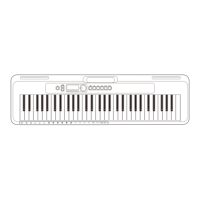
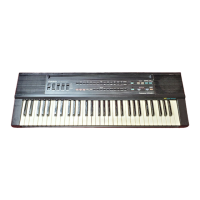

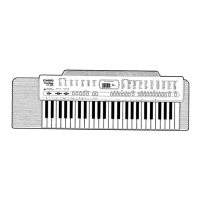
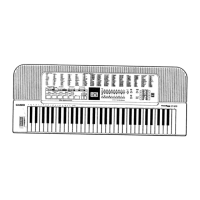
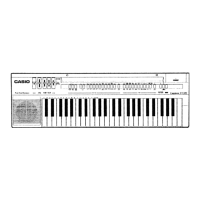

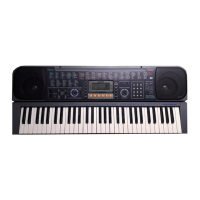
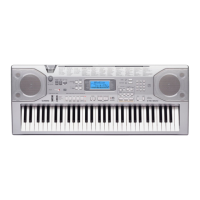
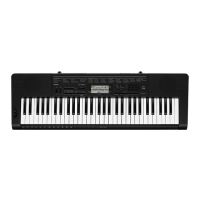
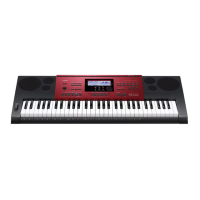
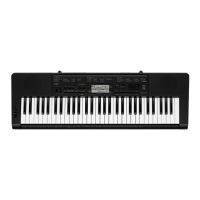
